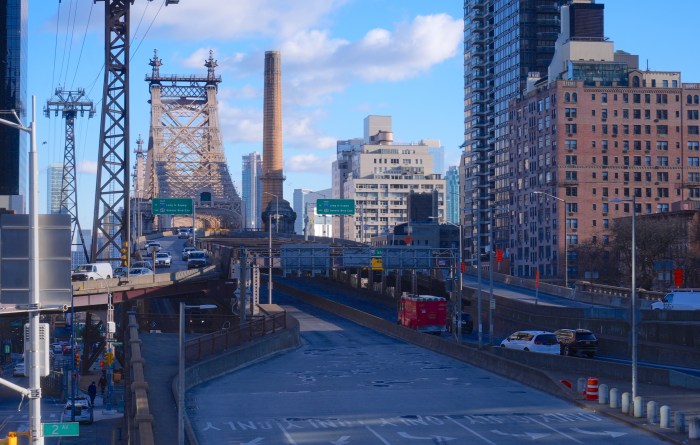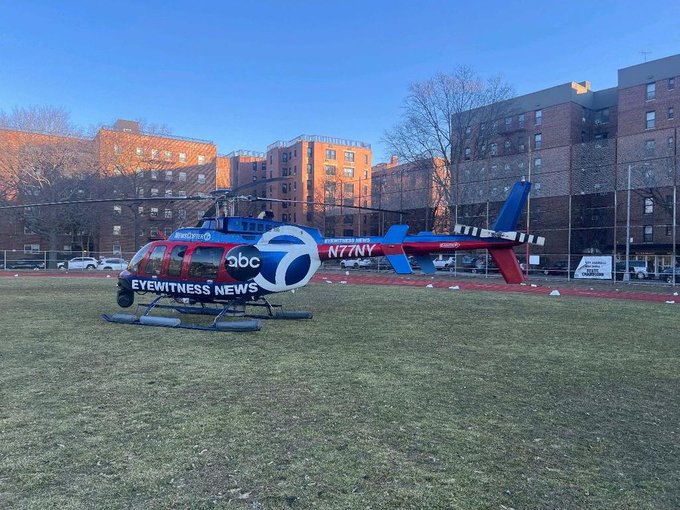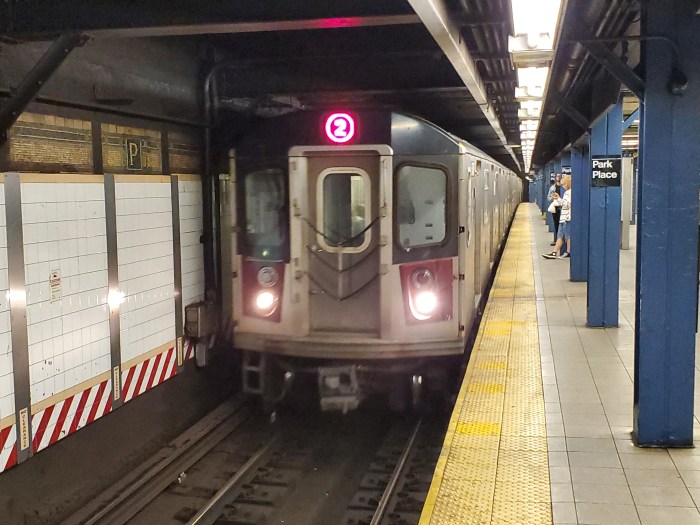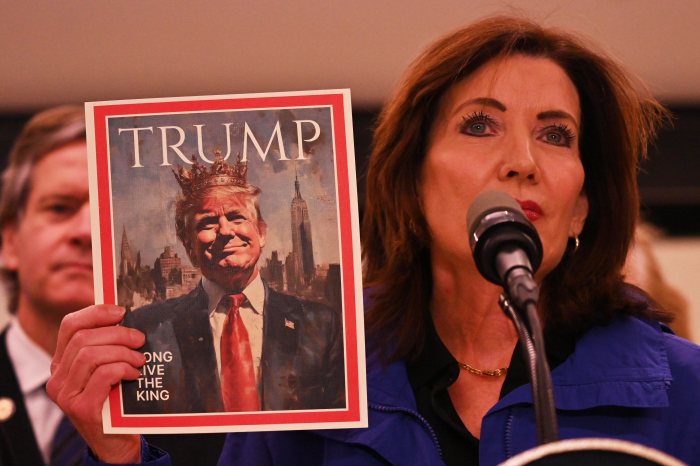Ridership is way down on public transit across the state, but service continues as usual to provide transportation for essential service staff.
The question of if service will continue this way or if ridership will continue to tank has yet to be seen. Meanwhile, Governor Andrew Cuomo held his ground that the MTA as an essential service must keep running, despite a $300 million increase in expenses due to sanitation measures and projected loss of $4 billion.
“The MTA will continue running, they are on an essential service list and the revenue? We’re going to have to make due,” Cuomo said Thursday.
Robert Mujica, Director of the state Division of the Budget, said the MTA is not in better or worst shape than other transit systems nationwide who are hemorrhaging funds from low ridership due to coronavirus restrictions. According to the American Public Transit Association, transit authorities across the country could be in dire need of up to $12 billion.
According to Mujica, who sits on the MTA board, the entire state budget will be impacted by the public health crisis.
“We’re going to need flexibility in the budget in order to be able to prioritize certain services over others,” Mujica said.
“We have to run a government, we have to run and service a society,” Cuomo added. “Doctors, nurses, healthcare workers have to get to work, we need police, fire, daycare workers. All those functions have to happen because we need people getting to work… All these functions need to continue.”
MTA Chair Pat Foye, in a NY1 appearance Wednesday night, justified $4 billion estimate that seemed unbelievable to many took into account if the pandemic continued.
“The $4 billion dollars assumes this trend is annualized. Clearly ridership is going to be depressed during the duration of the pandemic and for some period thereafter,” Foye said. “I’ll note that right now, while we’re carrying fewer people, we’re carrying the people who move New York.”
Wednesday, the MTA released dismal ridership numbers.
Subway use was down 60%, while Metro-North Railroad was being utilized by the public 90% less. Respectively, hey account for about $4.9 billion and $1.5 billion of the MTA’s total revenue, according to Foye.
While at least two million straphangers are still using the MTA to get to provide essential services, the Riders Alliance is gathering data about how those commuters feel about the safety of the system.
According to experts, the virus have a half-life on surfaces of up to three days.




































